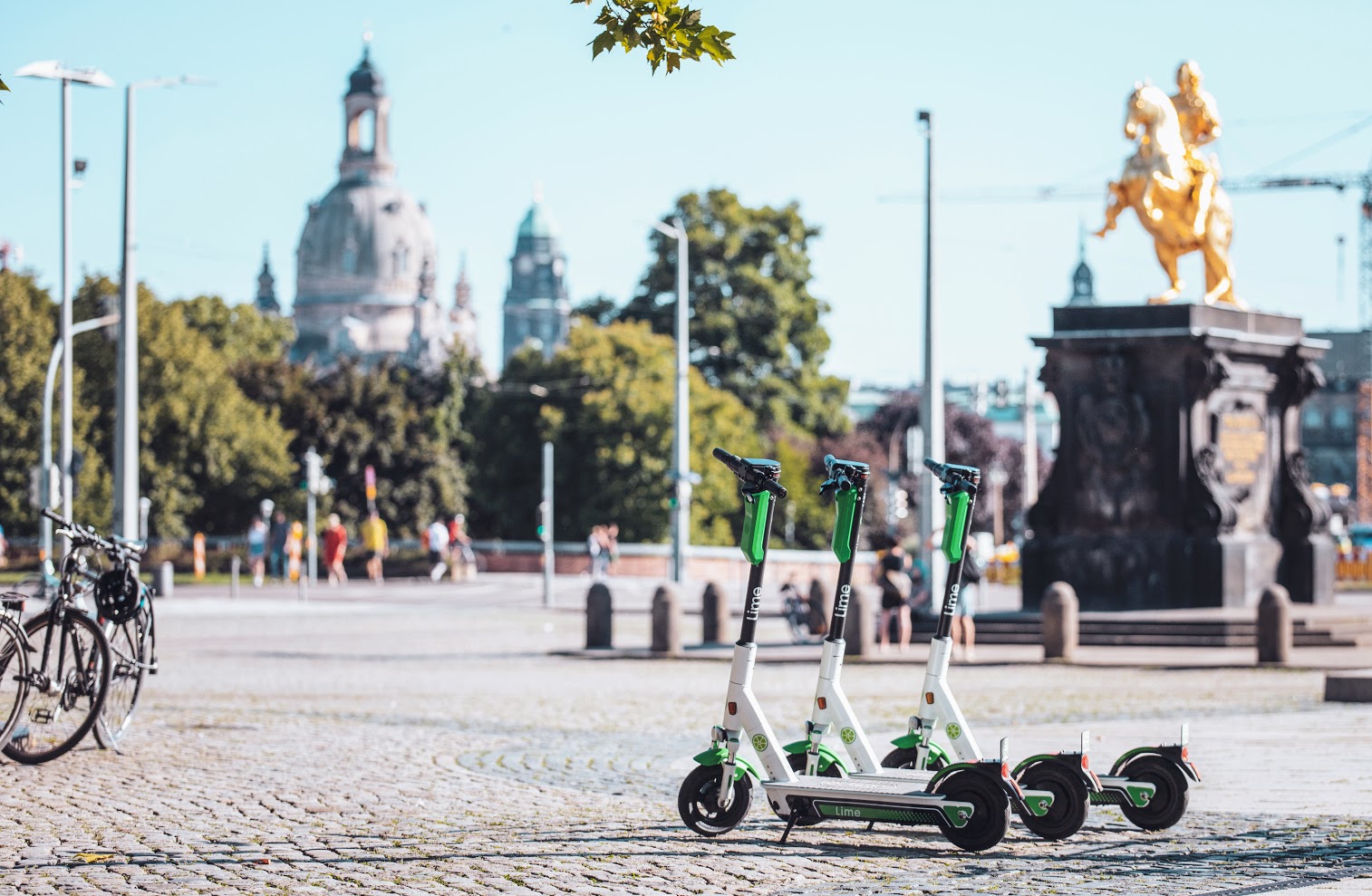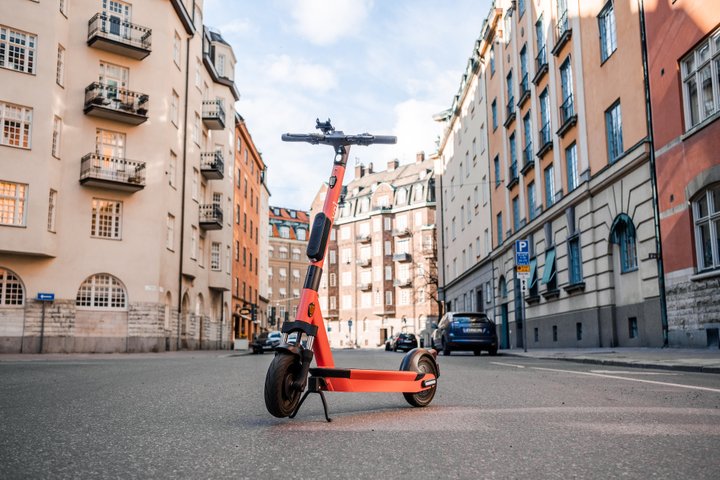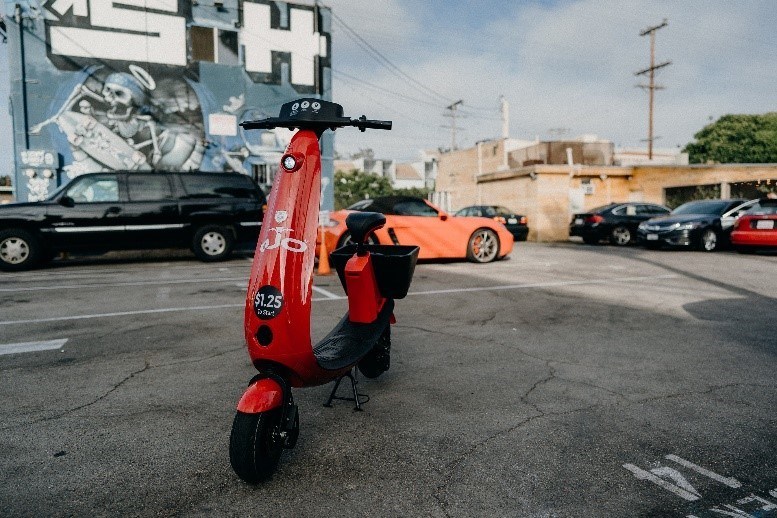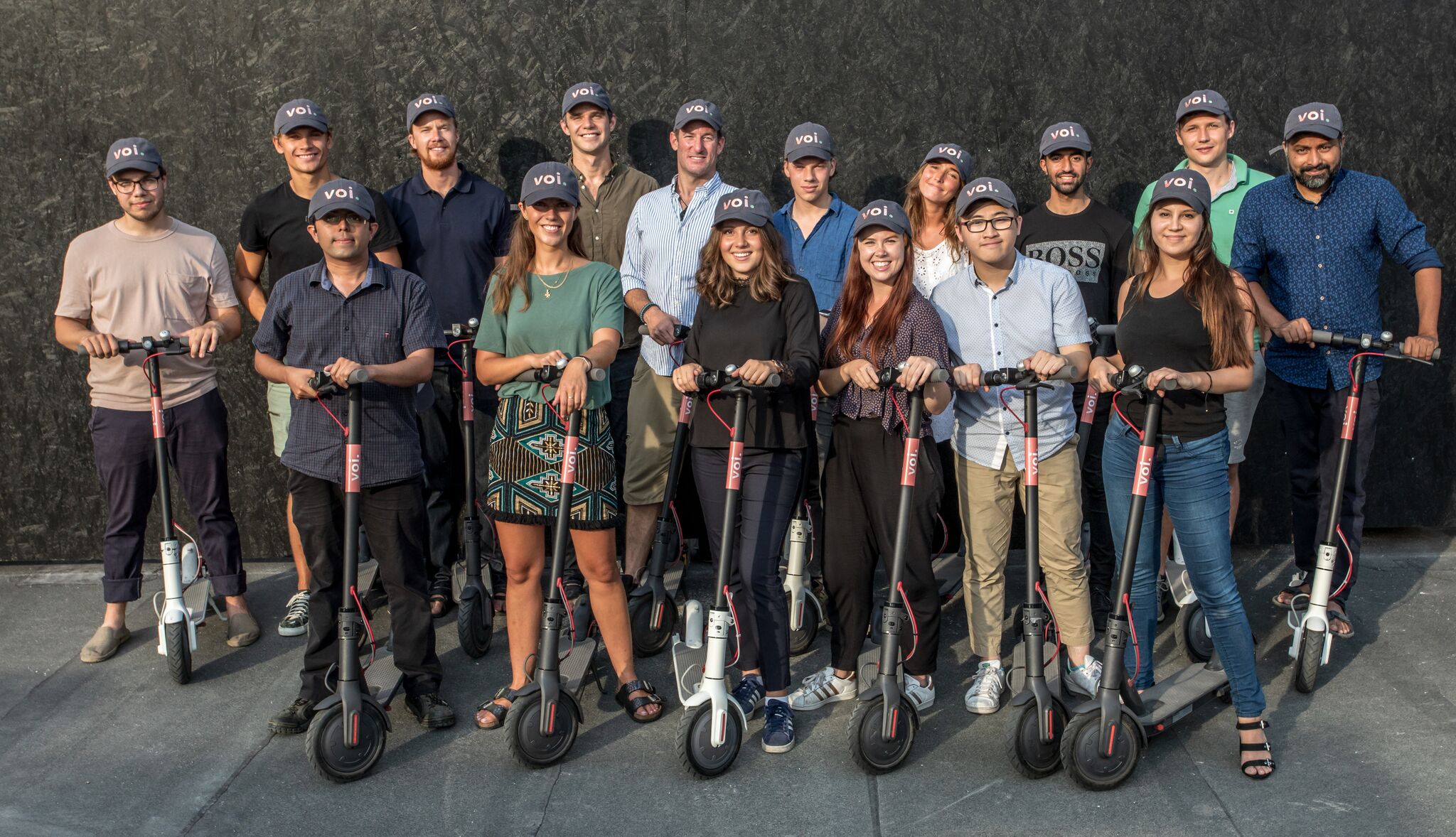Germany has long played a pivotal role in both the creation and the adoption of modern transportation innovation.
In 1885, Karl Benz’s Patent-Motorwagen became the world’s first gasoline-powered vehicle, ushering in the era of the internal combustion engine that would forever change the history of human mobility. This was followed half a century later by the construction of a revolutionary national autobahn highway system that has gone on to define roadway transportation well into the 21st century.
So when German lawmakers announced in May that the country would at long last be opening its doors to electric scooters, the micromobility world watched with bated breath. How would this fledgling industry fare under strict German regulations? How would the country’s population react? What new changes to the industry would emerge from the launch, and what would all this portend for the future of e-scooters around the world?
Six months after the first Lime electric scooters rolled into Berlin, the answers to these questions are beginning to emerge. Riders have taken more than 6.5 million trips with Lime since June, marking the fastest rate of micromobility adoption in the world. The country also boasts millions of active electric scooter users — those who have downloaded an app like Lime and engage with it on a regular basis.

“Never before has another mobility company had so many active community members in such a short period of time,” said Jashar Seyfi, General Manager of Lime in Germany. “Tens of thousands of people across 15 German cities engage with our fleet of sustainable electric scooters every day, and the results as we close out 2019 have once again exceeded our already-high expectations.”
While the ridership numbers are encouraging, another development in Germany with regard to electric scooters has been making headlines of its own. Recent partnerships between Lime and several high-profile German companies, operating both nationally and internationally, are a positive indicator of both the heath and versatility of the micromobility industry.
In August, a collaboration with Berlin-based N26 that offered Europeans 50% off of all Lime rides was so successful that the promotion was recently expanded to include the United States as well. Meanwhile, major initiatives with Deutsche Telekom in Bonn and the BMW Group in Munich have shown that electric scooters offer just as much to sprawling business campuses as they do to traffic-clogged cities.
As micromobility continues to evolve into a new decade, it’s likely that Germany will remain on the front lines of both innovation and regulation, providing a tried-and-true benchmark against which other countries can weigh the results of their own progress with traffic reduction and alternative modes of urban transportation. For the moment, however, it’s impressive to see the mark Germany has already made on the e-scooter industry, and what lessons it can teach us moving forward.
To learn more about micromobility milestones and industry analyses, subscribe to 2nd Street, or download the Lime app to take an electric scooter ride in 15 cities across Germany today.



